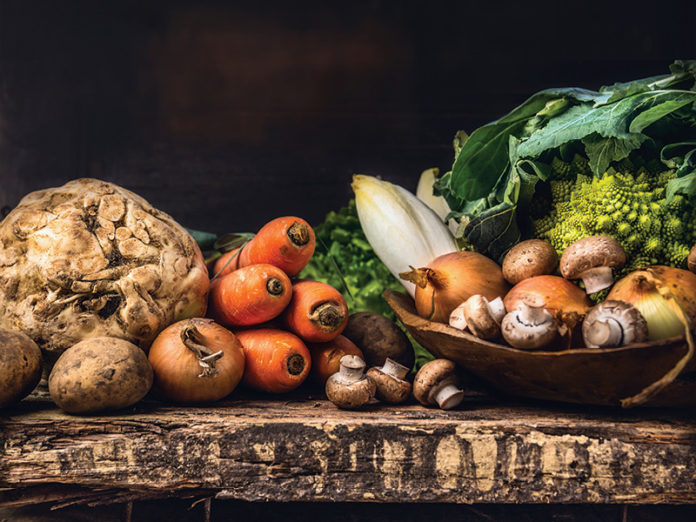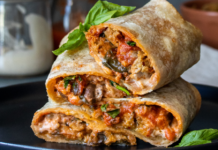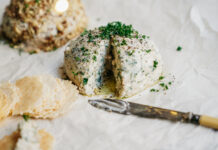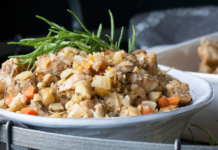
Fresh and local are two buzzwords in every healthy diet, but how do you stick to the plan through a cold Canadian winter?
Like all successful ventures, your health requires an investment in time and money. Sourcing fresh, local products during winter can have its challenges, so we’re here to shed light on a few ways to eat sweet fruit and berries and delicious vegetables out of season.
All fresh food products have a premium season. It’s during their peak performance times when you want to freeze, can, dehydrate, pickle and ferment these products to maximize their nutritional value and flavour. You’ll also create a very long shelf life for an item that would normally be spent within a couple of weeks. Eating fruits, berries and vegetables that are frozen in their peak season are the best alternative to fresh. This is because the natural sugars are stored and do not have a chance to transform into starches if processed in a timely manner.
We have learned some seasonal techniques to preserve summer bumper crops. We usually start our first batches of preserves in July by transforming early fruits and berries like apricots, rhubarb, cherries, strawberries, raspberries, Saskatoons and blueberries into luscious jams, canned fruit, frozen fruit or pies that can be frozen and cooked later. Preserving these summer fruits and berries yourself, lets you source out recipes with simple ingredients and lets you decide how much sugar goes into each batch. Sugar is necessary to safely preserve fruits and berries. As the season progresses, we move into larger fruits such as peaches, plums, apples and pears. They are fantastic to can, freeze or dry.
Mid-summer is peak production time for most vegetables. This is when the pickling and fermenting commences. Cucumbers, carrots, garlic, beets and early cabbage transform into savoury goods that can be enjoyed all year. Other abundant veggies in the garden include peas, beans, corn, broccoli and cauliflower. Typically, we blanch and freeze these items, but they can also be pressure canned or dehydrated for soups. Soups are a great option for using up harvest surplus and these can be prepared, then frozen or canned in a pressure canner. There are many fantastic recipe books on preparing and preserving soups that will highlight which soups are better to can and others that are better to freeze.
Fall brings crates of tomatoes, peppers, onions, squash and potatoes. Primarily we focus on tomatoes, making batches of salsa, spaghetti sauce, ketchup and canned tomatoes. These items make up the bulk of our pantry stores. Our family of four preserves more than 350 pounds of tomatoes to meet our winter staple demand. Peppers, onions and tomatoes can be chopped and frozen for quick additions to any dish. We dehydrate onions and garlic, then put them through the Vitamix to create onion or garlic powder for our spice cupboard. Pumpkins are baked, pureed, then frozen for soups and baking.
There are many root vegetables that can be stored whole for up to six months by using simple spaces that are out of direct sunlight and are cooler than room temperature. Potatoes and winter squash can store well in a pantry for up to six months, under a stairwell or in a garage that is insulated and kept above 4C. Store onions and garlic well away from potatoes, in a ventilated basket with a lid.
Try to keep these items as cool as possible, as warmer temperatures will lessen storage length. Beets, carrots, and turnips store well, up to five months, placed in storage baggies in your fridge. Firm, thick-skinned, tart apples and pears store well in your crisper too. Sometimes, a secondary fridge is needed for those serious about storage.
If preserving isn’t up your alley, many producers will have these items available for sale at your local farmers markets.
Stay warm, and eat well.













